
FULL CLAIM: “No childhood vaccine has ever been through a double blind placebo controlled trial.”; childhood vaccine schedules haven't been tested properly
REVIEW
The claim that no childhood vaccine has ever been tested against a placebo in a double-blind, randomized trial commonly crops up in anti-vaccine content. One example of this claim can be seen in this Instagram post. Prominent figures in the anti-vaccine community, including U.S. presidential candidate Robert F. Kennedy Jr. and television producer Del Bigtree, have also made this claim before.
It’s important to be aware that this claim commonly goes hand in hand considering only saline solution (a solution of salt and water) as a valid placebo, rather than a solution of vaccine adjuvant without the active ingredient. The basis for this belief is that only saline has no effect on living beings, per the definition of a placebo. This is incorrect, as pediatrician Paul Offit pointed out in this article.
In any event, this provides those opposed to vaccination with a justification for ignoring existing studies on vaccine safety that didn’t use a saline placebo. It also enables them to undermine confidence in vaccine safety, by implying that the true safety of childhood vaccines has never been properly evaluated.
There are circumstances in which using a saline placebo isn’t the ideal choice for a vaccine trial, which this review will delve into later. That said, the claim is inaccurate. As we will show, there are actually numerous childhood vaccine trials that compared the vaccine to a saline placebo.
What are blinded placebo-controlled trials?
Double-blind, placebo-controlled randomized trials are commonly considered the gold standard for determining whether a medical intervention, like a vaccine or a drug, is safe and effective.
“Double-blind” means that neither the researchers nor the trial participants know whether they received the placebo or the treatment. This is done because the knowledge that one group or another received the treatment may influence the way researchers interpret the results and the way that participants behave.
“Placebo-controlled” means that the trial includes a group that doesn’t receive the treatment being tested. Instead, this group may receive an injection of saline or a formulation of the tested intervention that lacks the active ingredient. This helps to reduce the influence of the placebo effect on the trial. If the placebo group and the treatment group both show the same outcome, then the treatment is considered to be ineffective.
“Randomized” means that participants in the trial are assigned to the placebo or treatment group in a random manner. This helps to reduce differences between the two groups, such as age, sex, and state of health, that could potentially influence the effect being observed. This way, any effect observed can be more reliably attributed to the treatment given, rather than differences between the groups’ characteristics.
Blinded saline placebo-controlled trials for childhood vaccines do exist
The Instagram post didn’t specify which childhood vaccine schedule it was referring to, but childhood vaccine schedules across the world generally tend to include many of the same vaccines. Some of these are the measles, mumps and rubella vaccine, the polio vaccine, and the flu vaccine. However, differences in the age at which a vaccine is given, the vaccine manufacturers, and the number of doses do exist from country to country.
For readers interested in comparing childhood vaccine schedules in different countries, the World Health Organization offers a tool to do so.
Dan Freedman, a pediatric neurologist at UT Health Austin, refuted the claim in a Twitter thread from 2019. He pointed to several blinded, saline placebo-controlled trials for various childhood vaccines, such as measles, polio, flu, pneumococcus, and human papillomavirus (HPV)[1-8]. None of the trials detected health problems associated with the tested vaccines.
And a search on PubMed, a repository of studies in health and medicine that is maintained by the U.S. Library of Medicine, will also turn up multiple studies showing that several vaccines on the childhood vaccination schedule have indeed been tested in double-blind, saline placebo-controlled randomized trials.
In summary, the claim that there are no blinded, saline placebo-controlled randomized trials for childhood vaccines is inaccurate.
Those opposed to vaccines sometimes change tack, asking why there exists no double-blind, saline placebo-controlled trial for the entire childhood vaccine schedule.
In a 2013 review of the U.S. childhood vaccination schedule, the U.S. Institute of Medicine had considered the feasibility of conducting such a trial. But they concluded that it would not only be unfeasible but highly unethical[9].
Firstly, this would consign unvaccinated children “to an elevated risk of severe illness and even possible death should the child contract a vaccine-preventable disease”. Secondly, this would also place other unprotected people in the community at risk of disease—such as immunocompromised people and babies too young to be vaccinated. Thirdly, the existing evidence doesn’t show that the current vaccine schedule is unsafe, raising questions about the necessity of doing such a trial.
Overall, the committee that authored the review considered that a saline-controlled randomized trial of the childhood vaccination schedule would pose an unacceptable risk for children and the community at large, while offering no clear benefit.
Saline placebo-controlled trials aren’t always practical or ethical to do in the case of vaccines
There are times when saline placebo-controlled trials aren’t practical or ethical to do. A WHO expert panel delved into this topic at length in this article, documenting their recommendations regarding the use of a placebo in vaccine trials[10].
For example, among the most common side effects of vaccination are fever, soreness at the injection site, and headache. However, a saline placebo doesn’t produce these effects, meaning it will be obvious to both the researchers and participants which group did receive the vaccine. This makes blinding difficult to maintain.
And as epidemiologist René Najera explained in his article for the website History of Vaccines, having a saline placebo-controlled group means that the placebo group will be left unprotected from a potentially serious disease.
This would be acceptable if no intervention against the disease existed—as was the case during the 1954 polio vaccine field trial—but would be unethical to do if an effective vaccine against the disease already exists.
This is why new formulations of existing vaccines can be compared to an earlier formulation that was previously tested and found to be safe and effective, rather than to a saline placebo. This was the case for a study of Prevnar-13, which was compared to its predecessor Prevnar-7[11]. Both are pneumococcal conjugate vaccines against the bacterium Streptococcus pneumoniae.
In fact, comparing a new vaccine to an earlier one can also make the trial better equipped to answer certain questions about the usefulness of the new vaccine.
When we already have existing interventions that are safe and effective, we don’t just want to find out if a newly developed intervention works better than saline. We also want to know whether it works better than what we already have. Therefore, testing a new vaccine against an existing one can provide more useful information than testing it against a saline placebo.
READ MORE
The Instagram post also references the book “Turtles All The Way Down”. Written anonymously, it was co-edited by Mary Holland, the president of anti-vaccine organization Children’s Health Defense. The book propagates numerous anti-vaccine talking points, which were debunked by cardiologist Francis Han. His debunking is compiled in this Twitter thread.
REFERENCES
- 1 – Miller et al. (1967) Edmonston B and a further attenuated measles vaccine–a placebo controlled double blind comparison. American Journal of Public Health and the Nation’s Health.
- 2 – Francis et al. (1955) An evaluation of the 1954 poliomyelitis vaccine trials. American Journal of Public Health and the Nation’s Health.
- 3 – Neuzil et al. (2001) Efficacy of inactivated and cold-adapted vaccines against influenza A infection, 1985 to 1990: the pediatric experience. The Pediatric Infectious Disease Journal.
- 4 – Neto et al. (2009) Efficacy and Safety of 1 and 2 Doses of Live Attenuated Influenza Vaccine in Vaccine-Naive Children. The Pediatric Infectious Disease Journal.
- 5 – Dagan et al. (1997) Safety and immunogenicity of tetravalent pneumococcal vaccines containing 6B, 14, 19F and 23F polysaccharides conjugated to either tetanus toxoid or diphtheria toxoid in young infants and their boosterability by native polysaccharide antigens. The Pediatric Infectious Disease Journal.
- 6 – Lucero et al. (2009) Efficacy of an 11-valent pneumococcal conjugate vaccine against radiologically confirmed pneumonia among children less than 2 years of age in the Philippines: a randomized, double-blind, placebo-controlled trial. The Pediatric Infectious Disease Journal.
- 7 – Garland et al. (2015) Safety and immunogenicity of a 9-valent HPV vaccine in females 12-26 years of age who previously received the quadrivalent HPV vaccine. Vaccine.
- 8 – Reisinger et al. (2007) Safety and Persistent Immunogenicity of a Quadrivalent Human Papillomavirus Types 6, 11, 16, 18 L1 Virus-Like Particle Vaccine in Preadolescents and Adolescents: A Randomized Controlled Trial. The Pediatric Infectious Disease Journal.
- 9 – Institute of Medicine. (2013) Childhood Immunization Schedule and Safety: Stakeholder Concerns, Scientific Evidence, and Future Studies. Retrieved from https://doi.org/10.17226/13563
- 10 – Rid et al. (2014) Placebo use in vaccine trials: Recommendations of a WHO expert panel. Vaccine.
- 11 – O’Brien et al. (2003) Efficacy and safety of seven-valent conjugate pneumococcal vaccine in American Indian children: group randomised trial. The Lancet.


